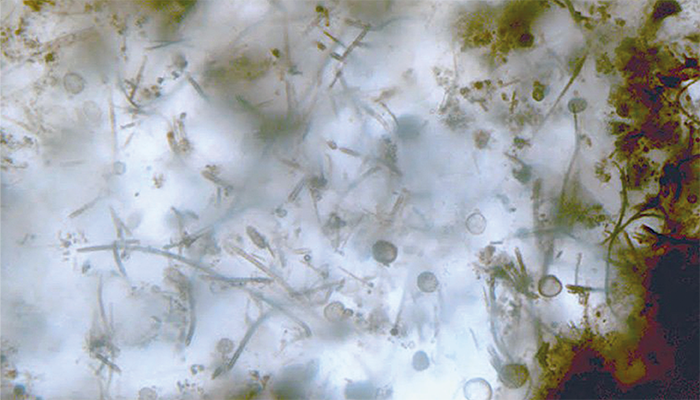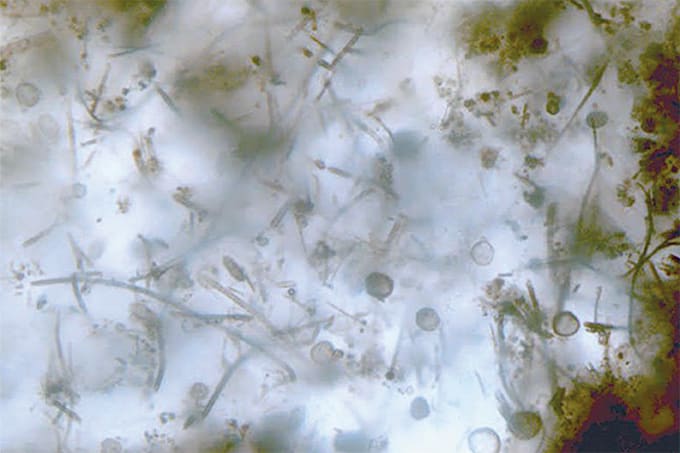
A new imaging technique has unveiled key bioessential elements, including phosphorus and molybdenum, in 1.9-billion-year-old microfossils from the Gunflint Formation in Canada. The findings provide the first clear evidence from geological samples that life, by this time, used phosphorus in cell membranes similar to modern life forms. Their approach combines optical microscopy, electron microscopy, and high-resolution secondary ion mass spectrometry (SIMS) on a specially coated indium tin oxide (ITO) glass slide. By doing so, researchers were able to obtain clear images of ancient microbial life, revealing crucial metabolic clues.
Co-author Akizumi Ishida, Assistant Professor at Tohoku University, Japan, shared that the idea for using ITO glass stemmed from his work on synthetic organic materials. "I discovered that ITO glass retains optical transparency while providing conductivity, which is ideal for both detailed structural observations and electron microscopy," Ishida explained. This technique marks a departure from traditional methods that required polishing rock samples, which often obscured microfossils.
The conductive properties of ITO glass enabled researchers to eliminate background noise, ensuring accurate measurements of phosphorus directly from the microfossils, rather than surrounding sediments. "When we first detected phosphorus, Dr. Sasaki and I jumped for joy," Ishida recalls. The presence of phosphorus, particularly in the microfossils’ sheath structures, points to its role in forming cell membranes, while the detection of molybdenum suggests that these ancient organisms utilized molybdenum-bearing proteins akin to those found in modern nitrogen-fixing bacteria.
"The detection of phosphorus has long been a challenge in microfossil research," notes Kohei Sasaki, co-author and researcher at the University of Tokyo, Japan. The technique's ability to distinguish trace elements from geological backgrounds could reshape our understanding of ancient metabolic processes, including how early microbes metabolized these important elements.
Looking ahead, Ishida and Sasaki envision the application of this technique to a wider array of ancient samples. "Our method could allow us to analyze microfossils from different geological periods, addressing fundamental questions about the evolution of life, such as when organisms began using phosphorus in cell membranes," Ishida says. This research not only paves the way for studying early life forms but also holds promise for understanding significant evolutionary transitions, including the emergence of eukaryotes and multicellular organisms.
As they continue to refine their methods, the researchers aim to expand their focus to include the analysis of amorphous organic materials, with the ultimate goal of linking ancient biosignatures to modern microbial processes and prebiotic organic matter origins.
Image Credit: Tohoku University




